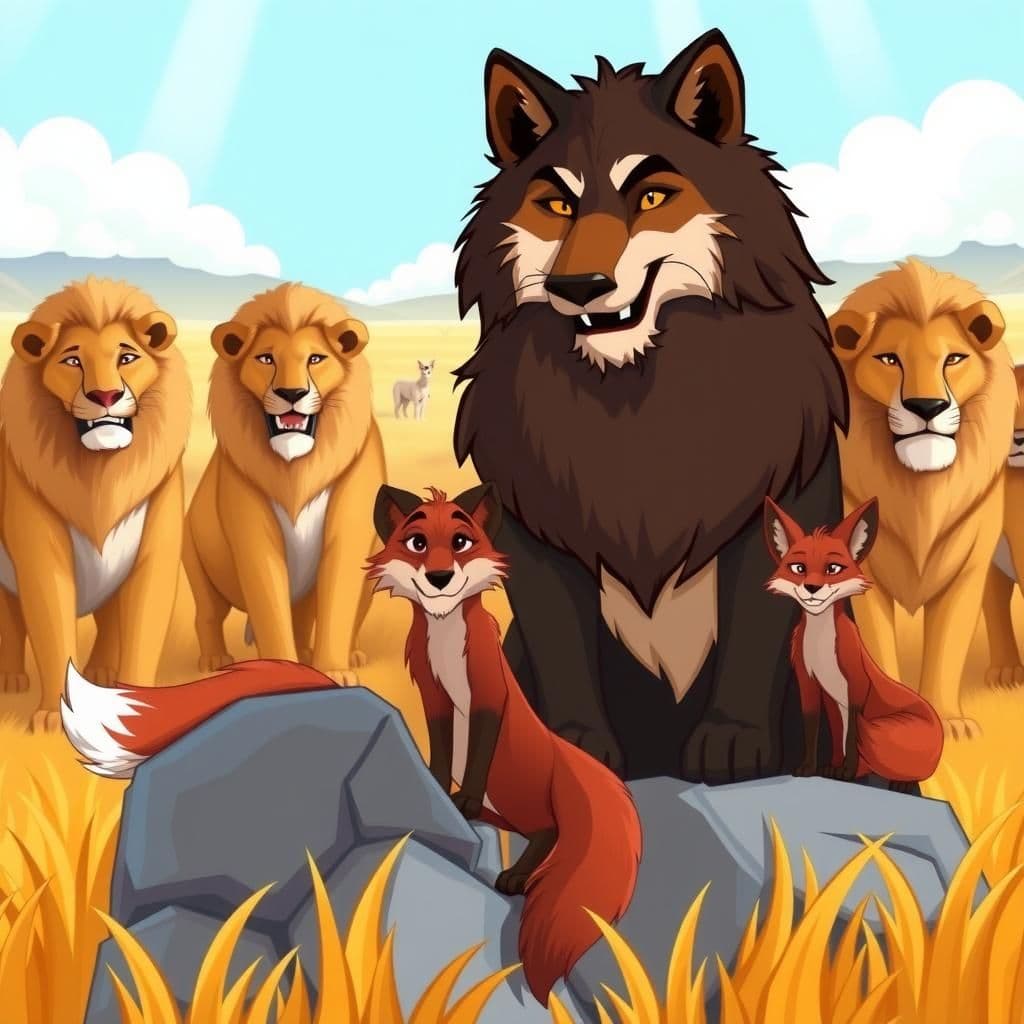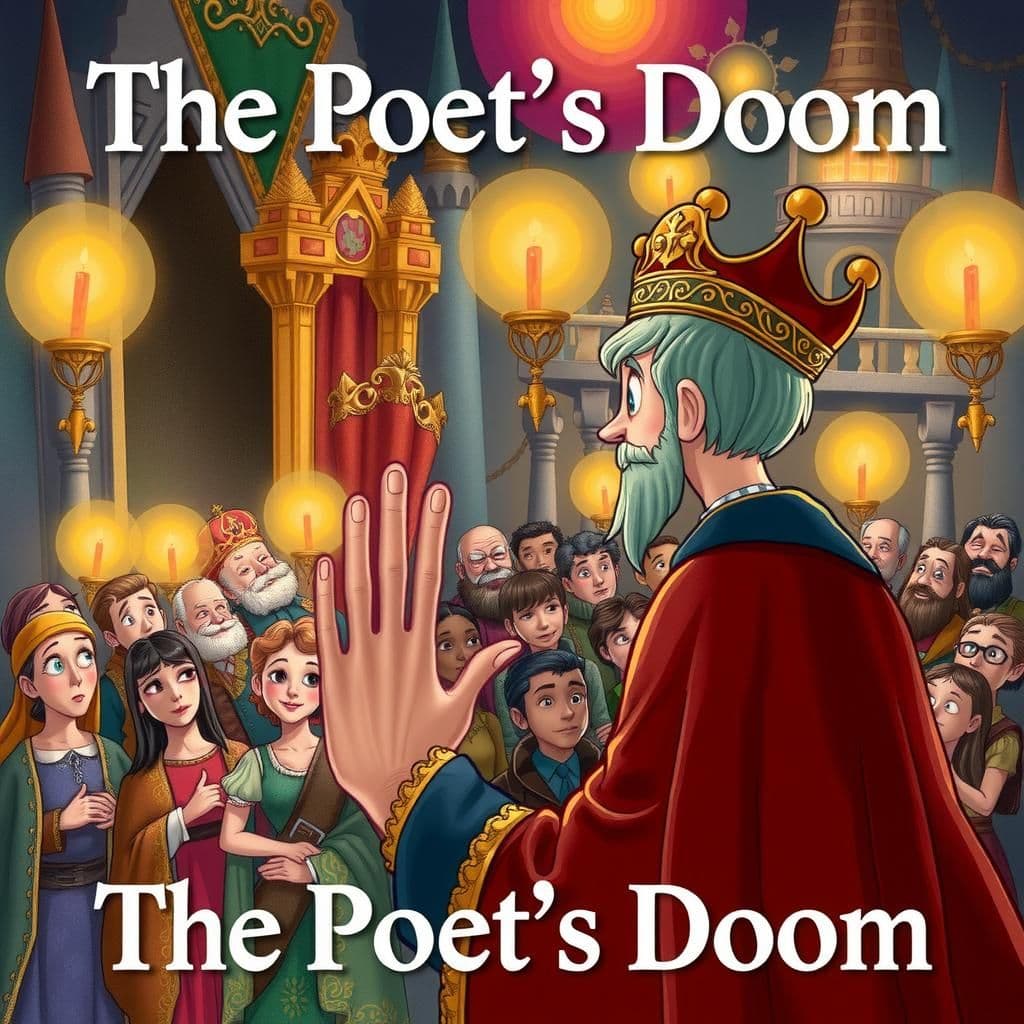The Blotted Escutcheon and the Soiled Ermine

Story Summary
In "The Blotted Escutcheon and the Soiled Ermine," two figures confront societal judgment in this concise moral story. The Blotted Escutcheon defends his spotted appearance as a noble trait linked to his ancestry, while the Soiled Ermine embraces his inherent dirtiness, highlighting themes of identity and acceptance. This moral short story invites readers, especially kids, to reflect on the nature of self-worth and the judgments imposed by society.
Click to reveal the moral of the story
The story illustrates that individuals often seek to justify their flaws or imperfections by attributing them to inherent qualities or circumstances beyond their control, rather than taking responsibility for their actions.
Historical Context
The excerpt reflects themes of identity and social status prevalent in allegorical literature, particularly in the context of the 19th-century satirical works that critique societal norms and class distinctions. It draws inspiration from fables and parables that often anthropomorphize animals or objects to comment on human behavior, reminiscent of Aesop's Fables or Lewis Carroll's "Through the Looking-Glass," where characters symbolize various societal roles and conflicts. The use of terms like "Blotted Escutcheon" and "Soiled Ermine" suggests a commentary on the superficial judgments based on appearance and heritage, highlighting the absurdities of social pretensions.
Our Editors Opinion
This story highlights the absurdity of trying to justify or cover up one’s flaws rather than embracing them as integral parts of identity. In modern life, individuals often face pressure to conform to unrealistic standards or to mask their imperfections, but a real-life scenario might involve a public figure owning up to their past mistakes during a scandal, ultimately gaining respect for their authenticity rather than attempting to hide behind a facade.
You May Also Like

The Wolf and the Fox
In "The Wolf and the Fox," a large and strong Wolf, believing himself honored by his fellow wolves when they call him "Lion," foolishly abandons his kind to live among lions. An observant old Fox comments on the Wolf's pride, pointing out that despite his size, he will always be merely a wolf in a herd of lions. This entertaining moral story serves as a life-changing reminder of the dangers of self-conceit and the importance of recognizing one's true nature in the realm of popular moral stories for adults.

A Transposition
In this humorous story with a moral, a Jackass and a rabbit engage in a debate over their sizes, each convinced the other is larger in their category. Seeking resolution, they turn to a clever Coyote who diplomatically affirms their claims, illustrating the folly of their misidentifications. Pleased with his wisdom, they decide to support him for a leadership position, leaving the outcome uncertain but highlighting a life-changing lesson on perspective and self-awareness.

The Poet's Doom
In "The Poet's Doom," a mysterious figure, identified as a poet due to his flattened fingers, is arrested in a strange city and brought before the King. Instead of facing execution, he is sentenced to "retain his head," a fate worse than death for a creative soul, illustrating a poignant moral about the dangers of stifling creativity. This life-changing story serves as a modern fable, reminding us of the value of artistic expression in a world that often prioritizes conformity.
Other names for this story
Blotted Heraldry, Stained Nobility, The Marked Legacy, Fabled Accusations, The Spotted Lineage, Disgraced Prestige, Tainted Aristocracy, Defending Heritage
Did You Know?
This story cleverly uses anthropomorphism and satire to explore themes of identity and self-perception, as the characters' unique physical traits symbolize their personal histories and societal roles, prompting readers to reflect on how appearances can shape perceptions and reputations.
Subscribe to Daily Stories
Get a new moral story in your inbox every day.